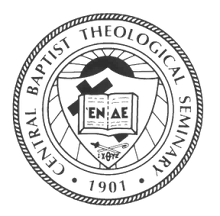Isaiah 65:17-25 is a part of the final section of this prophetic book, written with joyful hope about the promise beyond exile. The writer, sometimes called “Third Isaiah,” describes what life shall be like when the scattered return to Jerusalem and are no longer bound by “the former things.” Life will be good! No weeping or sadness; long lives; new dwellings; productive vineyards; behaving children—no more bearing “children for calamity”; effective praying, i.e., “before they call I will answer…”; and, “the wolf and the lamb shall feed together.” Finally, to make sure the reader gets the point: “the lion shall eat straw like the ox…” (v. 25). [What self-respecting lion wants to relish a bovine diet?] It is this concluding assurance of the reconciliation in the creaturely world that allows the reader to understand that the vision of the prophet stretches beyond the historical restoration of Jerusalem to the eternal reign of God in the new creation.
The prophet also outlines an enduring quality of life for the people of God: “for like the days of a tree shall the days of my people be” (v. 22). A couple of days ago there was an interesting article about an ancient tree that had been a part of the life of a Pennsylvania town for 213 years. The caretaker of the tree was similarly long-lived; he lived to be 102 and had spent a great deal of that extended life tending the tree. [Maybe they encouraged each other in longevity.] When the huge elm finally had to be taken down—after surviving 14 different attacks of Dutch Elm disease—it still had value. Pieces of the tree became guitars, mantle clocks, furniture, and other works of art. Truly it was a “giving tree.”
Comparing the life of the people of God to the flourishing of a tree, the writer traverses the boundary between life and death as the text shifts from a “this world” prophetic vision of the future to an apocalyptic “next world” vision. While the theology of resurrection is far from fully developed at this point in Israel’s history, there is confidence that God plans a future that includes all whom God loves. Next Sunday is the culmination of the Christian year as we celebrate “Christ the King.” This is the appropriate conclusion to the journey from Bethlehem to the eternal reign where God makes space for us through the work of Christ.
Molly T. Marshall
To learn more about the work of Central in forming “oaks of righteousness,” please visit www.cbts.edu

No comments:
Post a Comment